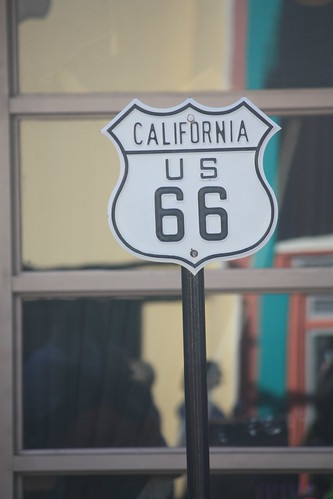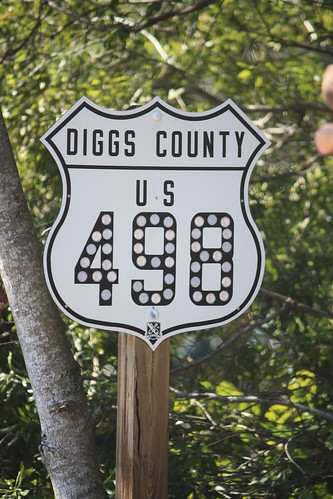When you are in Disney on our honeymoon, you wouldn't expect to notice roadgeek items. But at both Hollywood Studios and Animal Kingdom. Some very oddly placed highway sign replicas and creations can be found.
Like this I-95 New York Shield

Or this US 66 California Shield

Or ones that have no relation at all like this one in Animal Kingdom.

I'll let the sign experts decide how good of a replica and creation in the case of Diggs County 498 are.
Like this I-95 New York Shield

Or this US 66 California Shield

Or ones that have no relation at all like this one in Animal Kingdom.

I'll let the sign experts decide how good of a replica and creation in the case of Diggs County 498 are.

Comments
Shapes are almost dead-on, but I think the 66 is narrower that it should be. Otherwise, the other fonts look about right. Definitely points for effort!